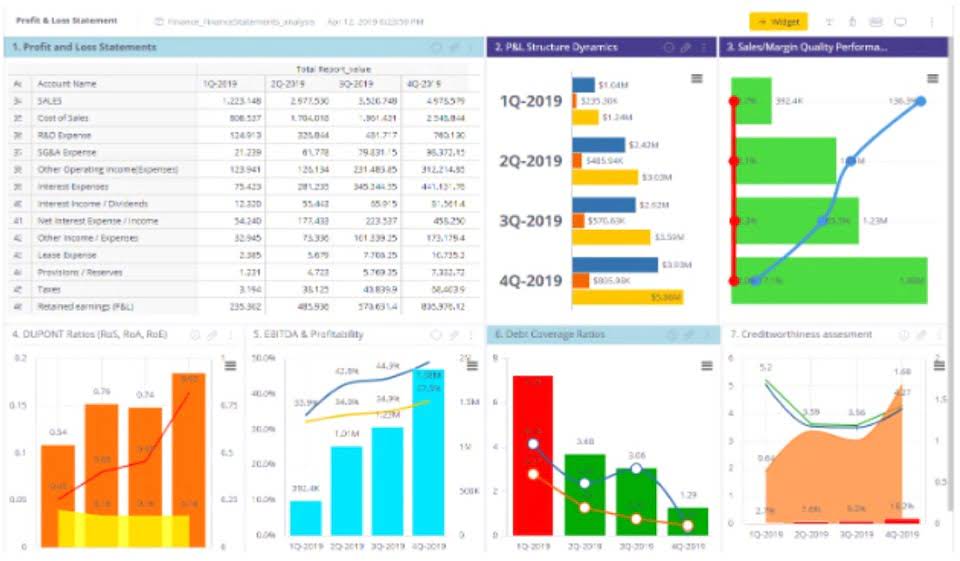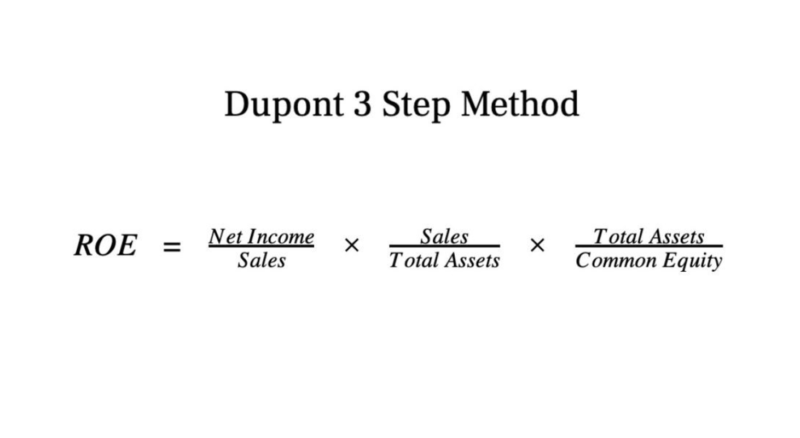
Go on until you are done with all identified non-cash adjustments from statement of total comprehensive income. The rationale behind this step is that each change in the balance sheet has also some impact on the cash flow statement—and if not (when movement in balance sheet is fully a non-cash item), it will be adjusted for later. As you can see, the net income is carried down and adjusted for the events that haven’t occurred yet. This gives investors and creditors a good idea of what the company’s assets and net assets are truly worth.
4.2 Sample single statement of comprehensive income
We believe the presentation of items in the income statement will continue to be a heightened area of focus and subject to future change. For example, finance costs and finance expenses are generally presented gross; so are other income and expenses. We believe it is possible to characterize items as unusual or exceptional under certain conditions. This should be infrequent and reserved for items that justify a prominence greater than that achieved by separate presentation and disclosure – e.g. a natural disaster. Those items should also be classified by nature or function, in the same way retained earnings as usual or non-exceptional amounts.
- In Describe the Income Statement, Statement of Owner’s Equity, Balance Sheet, and Statement of Cash Flows, and How They Interrelate, we discussed the function of and the basic characteristics of the statement of cash flows.
- The income statement will show year over year operational trends, however, it will not indicate the potential or the timing of when large OCI items will be recognized in the income statement.
- By now, you should have a blank statement of cash flows ready for further work.
- Also, the Equipment with a value of $12,500 in the financial information provided was purchased at the end of the first accounting period.
- Alternatively, components of other comprehensive income could be presented, net of tax.
- The amendments also responded to stakeholders’ concerns about the classification of such a liability as current or non-current.
Provide Necessary Disclosures

As you can see there is a heavy focus on financial modeling, finance, Excel, business valuation, budgeting/forecasting, PowerPoint presentations, accounting and business strategy. Like IFRS, items of income and expense are not offset unless it is required or permitted by another Codification topic/subtopic, or when the amounts relate to similar transactions or events that are not significant. However, offsetting is permitted in more circumstances under US GAAP than under IFRS. For example, derivatives executed with the same counterparty under a master netting arrangement may be offset, unlike IFRS.

Changes in credit risk of a financial liability designated at FVTPL
Recall that current assets and current liabilities are amounts generally settled in one year or less. Working capital (current assets minus current liabilities) is used to assess the dollar amount of assets a business has available to meet its short-term liabilities. A positive working capital amount is desirable and indicates the business has sufficient current assets to meet short-term obligations (liabilities) and still has financial flexibility. A negative amount is undesirable and indicates the business should pay particular attention to the composition of the current assets (that is, how liquid the current assets are) and to the timing of the current liabilities.

IFRS vs GAAP Income Statement: Differences and Similarities
All companies are required to report each of the categories above net of their tax effects. This makes analyses of operating results within the company itself and of its competitors more comparable and meaningful. Accounting entries related to income tax will be covered in the next accounting course (Intermediate Accounting 2).
Examples of statement of profit or loss and other comprehensive income when IFRS 9 Financial Instruments is applied

A company’s income statement details revenues and expenses, including taxes and interest. Liabilities classified at amortised cost are measured using the effective interest method with interest expense and foreign exchange gains or losses recognised in P/L. While IFRS 9 mandates that all equity instruments should be measured at fair value, there’s an acknowledgment that in certain scenarios, the cost might be a suitable estimate of fair value for unquoted equity instruments. However, there are specific indicators suggesting that cost may not accurately reflect fair value. Importantly, it’s essential to note that cost is never the most accurate estimate of fair value for investments in quoted equity instruments (IFRS 9.B5.2.3-B5.2.6, BC5.18). How many times did you sit with the head in your hands worrying about the statement of cash flows?
Assets and liabilities measured at fair value through profit or loss (‘FVTPL’)
- Sometimes companies will sell or shut down certain business components or operations because the operating segment or component is no longer profitable, or they may wish to focus their resources on other business components.
- Similarly, depreciation of warehouse and depreciation of admin building will be presented as depreciation expenses.
- For example, if a company sells retail goods, any interest expense incurred is a finance cost, and is not due to being in the retail business.
- All companies are required to report each of the categories above net of their tax effects.
- Another area where the income statement falls short is the fact that it cannot predict a firm’s future success.
- And, it is also OK to present these salaries as personnel expenses, if this is more relevant for the company’s activities.
Settlement discount is a discount for prompt payment of invoice Partnership Accounting by the customer.Let’s say you sell something for on 30-day credit and you offer 3% off if a customer pays within 10 days. Let’s say that an entity that sells goods on credit for 100 and offers 10% settlement discount if the customer pays within 10 days. Textbook content produced by OpenStax is licensed under a Creative Commons Attribution-NonCommercial-ShareAlike License .

Therefore, the standard requires the presentation of expenses in profit or loss in a way that provides more reliable and relevant information about your own activities. The IFRS allows for judgment when determining what to present and how to present it, rather than prescribing a format or specifying all the possible items. Even though the IFRS does not define gross profit, operating results, or many other common subtotals, there’s flexibility under this standard when adding and defining new line items in the income statement. The term basic earnings per share refers to IFRS companies with a simple capital structure consisting of common shares and perhaps non-convertible preferred shares or non- convertible bonds. The impact of these statement of comprehensive income types of financial instruments is the potential future dilution of common shares and the effect this could have on earnings per share to the common shareholders. Details about diluted earnings per share will be covered in the next intermediate accounting course.

